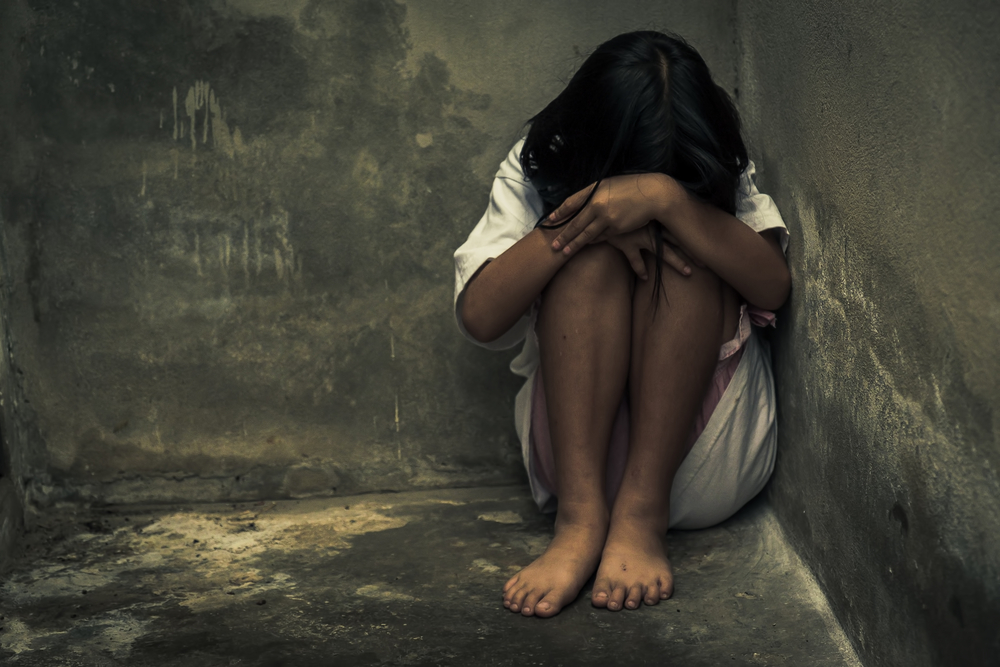![]() Shooting deaths of children is a serious problem that needs to be addressed in this country, as does the problem of such deaths for adults. Statistics show that of all the world’s children under 14 who died from gun homicide in 2016, 91% of them were Americans! That statistic alone should shock and appall us and should motivate our legislators to seek solutions to reduce this unnecessary death toll.
Shooting deaths of children is a serious problem that needs to be addressed in this country, as does the problem of such deaths for adults. Statistics show that of all the world’s children under 14 who died from gun homicide in 2016, 91% of them were Americans! That statistic alone should shock and appall us and should motivate our legislators to seek solutions to reduce this unnecessary death toll.
In the years since the school shooting in Columbine, there has been a marked increase in the number of American children killed in school shootings, and in recent years the frequency of school shootings appears to have increased. Extensive media coverage has made the American public keenly aware of the threat from school shootings and prompted changes in legislation, school policies and practices to counter the threat.

Andrew Goddard
However, what seems to get lost in the whole debate about violence against school-age children is the fact that, on average, the annual death toll for American children either in school, on the way to or from school or at school-supported events is less than 1% of the total death toll from gun violence affecting that age group.
The vast majority of our children who are fatally shot or wounded by gunfire are NOT in school but in homes or other places not associated with schools at the time. The level of concern for the 1% who are in school is disproportionate to their numbers, but not because that level is too high, but rather because the level of concern for the 99% of deaths and injuries that occur elsewhere is pitifully low. Many more children’s lives could be saved by measures designed to target the 99% of children victimized outside school than could be saved by even the most effective school shooting responses.
Looking first at the responses that have been proposed and instituted around the country, the influence of the gun lobby can be seen quite clearly. Most states have chosen to take a reactive approach only, which starts with the assumption that an armed intruder will enter a school with a firearm and probably a substantial amount of ammunition, so what can be done to limit the death toll after that fact? This has led to armed uniformed police officers being stationed at schools and in some cases the arming of teachers or other school staff.
The problem with these approaches is that there is little evidence to show that armed responders have been able to prevent or even minimize casualties in the many instances where they were present during a school shooting. Rarely has a shooting been prevented by an armed individual, though several have been prevented by the intervention of an unarmed staff member.
We know what reduces shootings
In addition to the ineffectual aspect of these reactive measures, there have been some very undesirable side effects. Increased police presence in schools has led to the criminalization of adolescent behavior that would be better dealt with by other disciplinary methods. Black and minority students have been disproportionately victimized by this and a so-called school to jail pipeline has been created.
Also, the presence of more guns in more hands at more times during the school year has greatly increased the possibility of accidental discharges or guns falling into the hands of students when the gun carriers are negligent about the security of their weapons. Finally, the widespread use of repeated “active shooter” drills, which involve students of all ages, has created panic and severe mental trauma for a greater number of students than the number traumatized by actual school shootings.
Another indication of the influence of the gun lobby is the widespread acceptance of the unfounded myth that all school shooters are mentally ill. This is a common diversionary tactic of the gun lobby, used to deflect attention from the more obvious fact that it is the weapons they use that cause the fatalities, not the nature of their motivation. Anger, social pressures and adolescent angst are NOT mental illnesses, yet emphasizing the need for more mental health interventions further stigmatizes the majority of people with mental illness who are no threat to others.
What is needed to reduce child deaths from gun violence is a multifaceted approach that combines preventive and reactive measures, based on actual research into the causes, contributing factors and motivations of the individuals who carry out ANY form of violence against our children. We know, for example, that domestic violence kills more American children than school shooting, yet there is very little done to minimize that threat.
It is obvious from the results of legislation enacted in many states that stronger child access prevention laws, increased background checks on gun sales and transfers, strong laws preventing unauthorized possession of firearms by individuals too young to legally buy them and limits on the sale of high-capacity magazines and military-style rifles have the potential to save many more children’s lives than could possibly be saved by arming teachers or other reactive measures alone.
It has become too common to hear parents express the fear that when their child goes off to school they may not see them alive again, yet the brutal reality is that it is much more realistic for teachers to think that when they see their students leave for home that they may not return the next day.
Andrew Goddard’s interest in mental health issues, as well as gun violence prevention, came about as a result of his son’s injuries sustained in the Virginia Tech tragedy of April 16, 2007. He is now the president of the Richmond, Va., chapter of the Million Mom March against gun violence and legislative director of the Virginia Center for Public Safety.
